Ten Useful Travel Photography Tips To Improve Your Photos
Want to improve your travel photography skills? I’ve been photographing destinations all over the world for 10 years. My favorite travel photography tips are for beginners.
When I travel, some people like to bring back souvenirs. But I prefer to take beautiful pictures with my camera.
Travel photography can be a great way to preserve memories of a trip that you will enjoy for many years. It can also help discover new inspiration.
Each travel destination has a unique look, culture and history. It also has a different feel, feeling, landscape, and story.
Learn how to capture the essence of a location through photography. This will give others a sense of what it would be like to visit.
I have never studied photography. Here I am, earning my living as a travel photographer, who licenses images regularly to tourism boards and brands, as well glossy magazines.
Over the years, I’ve learned travel photography techniques by reading books, watching tutorials online, and practicing regularly to improve my craft. If you’re willing to put in the work, you can also learn this way!
Here are my top travel photography tips for beginners to help you improve your photos on your next trip!
Travel Photography Tips for Beginners
1. Wake up early and stay out late
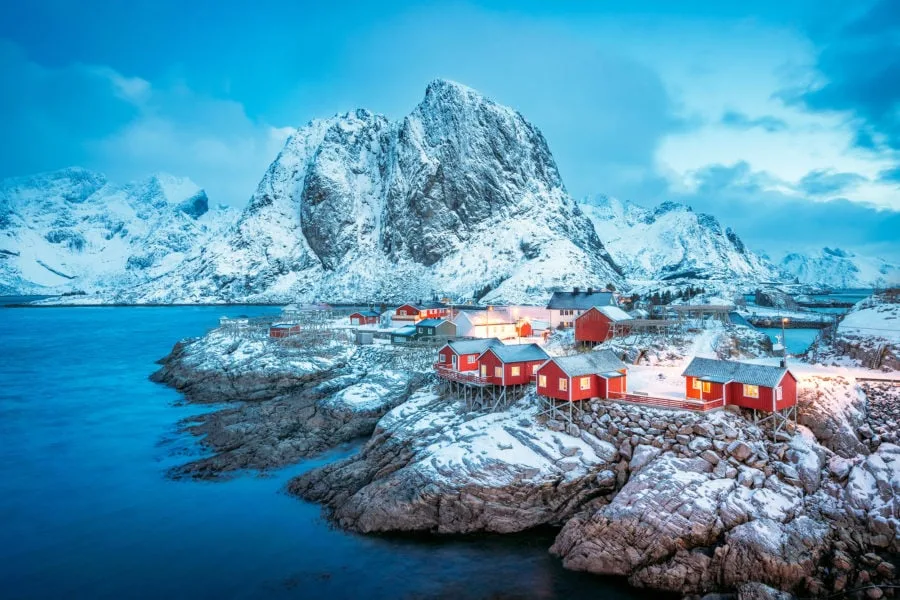
You’ve probably heard the phrase “the early bird gets worm”. It’s true also for travel photography. The morning light is ideal for creating beautiful images.
Subscribe to Expert Vagabond!
Subscribers only: Get exclusive access to travel resources, giveaways and blogging tips.
You’ll also have to deal less with tourists and other photographers if you wake up early. Want to take a postcard of a famous landmark, such as the Taj Mahal or the ruins at Chichen Itza? You’ll have the place all to yourself if you arrive early, right at opening!
Sunsets are also great (check out these shots from Lofoten). Sunsets can be great too (check out the photos from Lofoten). Golden hours are the time after sunrise or before sunset. They have soft, warm colors and pleasing shadows. The “blue hour” is the time after sunset or before sunrise when the sky remains blue but the city lights are on.
Shooting photos in the middle of the day on a sunny, bright day is not advisable for travel photography. Sometimes I will just nap in the middle of the afternoon to have more energy during early morning or evening photography missions.
2. Searching for the best location before your trip

Read travel guidebooks about your destination. Search the web for blog posts and articles to get ideas for your photos. Speak to people who have already been there. Contact other photographers. Learn which images best capture a location.
I use Instagram for my travel photography research, Pintrest and Google Image Search. They help me to find iconic locations. Postcard racks can also be a useful tool to help create a shot list.
After I have identified the potential locations for photos, I will do further research. What time of the day is best for photography? What is the difficulty of reaching certain vantage points. When does the attraction open and what is the expected tourist traffic? What is the weather going to be like?
While it’s okay to wander around without a plan, being prepared and doing research before you go will save you time, allowing you to maximize your time, produce amazing travel photography, and make the most of your trip.
3. Locals may be able to give you permission.

Many photographers find it difficult to photograph locals in foreign countries. What if you don’t get understood? What if they refuse? Will they be offended? Even though I’ve been taking portraits for a few years, I still feel a little nervous.
First, I learned that the best way to learn is to speak to people. Hello. Ask for directions. Buy a souvenir. Compliment the person on something. Before asking for a picture, chat for a couple of minutes. This is much less intrusive.
Ask permission to take close-ups as well. Before you go, spend 15 minutes learning the words for “can I take a picture” or “can i take your portrait”. The people will appreciate your effort and you’ll make new friends.
Some people won’t accept your invitation. Some people will ask you for money. It’s nothing to worry about. You can thank them for their time and smile. Then move on and ask someone else. The more you are rejected, the easier asking becomes!
4. Never Stop Learning

Enroll in online classes. Invest in a workshop on travel photography. Regularly practice your photography. You will improve if you practice regularly, not if you use the latest equipment or Instagram filters.
There’s always more to learn, even though I’ve made money from my photography for years. To improve my photography, I invest regularly in online courses and photography books. You should do the same.
Do you think that you are an expert on landscapes? Go out and shoot portraits of strangers. To get a feel for the difficulty of wildlife photography, stalk animals like hunters. Spend late nights experimenting with long exposures of the Milky Way.
Travel photography will become more skillful and resourceful if you learn from other types of photography.
Online Photography Courses
Do you want to improve your photography skills? It’s nice to have fancy gear, but it is better to learn from other photographers.
Click Here for Free Guide
5. Rule of Thirds in Photography

Understanding the rule of thirds is one of the simplest and most classic photography tips. It will help you to create better balanced compositions. Imagine breaking down an image into thirds both horizontally and vertically.
It’s important to frame your photo in an appealing way by placing the most important elements of the image into these sections.
You can place a person on the grid left rather than in the middle. Keep your horizon in the bottom third of the image rather than dividing it into two halves. Keep your horizon straight!
Turning on the “grid” function of your camera will display a grid of rule of thirds directly on your LCD.
Before you begin to compose your travel photos, you need to ask yourself the following question: What are some of the main points of interest? What should I place them on? These details can improve the appearance of your photos.
6. Pack A Lightweight Travel Tripod

I believe more people should use travel tripods. With a tripod, you can set the camera and then keep it in that position. Once the camera is fixed, you have the freedom to compose the picture at your own pace.
Spend some time adjusting the exposure, focusing points and other aspects of your image. Use advanced techniques such as HDR, panoramas, and focus stacking.
You can shoot at slower shutter speeds with tripods (for example, for low-light or stars) and not worry about camera shake. Keep your ISO low to reduce sensor noise and use smaller apertures so that more of the picture is in focus.
A tripod will give you greater creative control of your camera’s settings. You don’t have to carry a tripod everywhere. I don’t.
A travel tripod is essential for taking sharp photos of landscapes in low light, as well as self-portraits and shots of flowing water or sunsets.
7. Composition Experiment

After a little experimentation, you can usually come up with an improved composition. You can take the first picture standing straight. Try laying down on the ground to get a low angle. You could climb something nearby to get a better angle.
Try shooting from different distances. Start by taking a wide-angle shot, followed by a medium-range version and then get close and personal. Never settle for your first image idea!
Include strong foregrounds, mid-grounds, and backgrounds. Find a flower, river or animal to place in the foreground if your subject is a range of mountains. This will give your images a 3D feel, and help you convey scale. It will also draw the viewer’s attention to the rest of the picture.
Compositionally, focal compression is a great way to enhance travel photography. Compression occurs when a photographer tricks the eye by using a zoom lens.
8. Travel photography should be a priority

If you try to snap quick photos as you hurry from one place to another, you will end up with the same dull pictures that everyone else has. Plan “photography” time into your travel itinerary. A solid time commitment is required to achieve good travel photography.
It can be hard to create stunning images when you are traveling with people who don’t enjoy photography. It’s important to take a break and spend some time alone to focus on photography. For this reason, I prefer to travel solo or with other photographers.
You’ll have a hard time explaining to someone who isn’t a photographer that you want to wait an extra 30 mins until the clouds are better. This doesn’t work. Try waking up earlier to explore alone for a couple of hours before the tour begins.
Spend a little more on a car rental for your road trip. You can decide when and where to stop for pictures. It’s awful to be stuck on a busy bus, unable to capture a great photo.
9. Do not underestimate the Human Element

Human subjects are popular in photographs. It’s even better if they can imagine that the person in the picture is themselves. You feel as if you are there yourself.
How can you achieve this? Pose the subject so that they are anonymous. The subject’s image is not shown. Murad’s “follow-me-to” Instagram photos became viral because of this. The viewers felt as if they were being led around by a beautiful lady.
A human element can also give a greater sense of scale. You can better appreciate the size of mountains by placing your subject at a distance. This is why it’s so popular to photograph “tiny people” in vast landscapes.
A human element in photos can also help tell a story. When people are in the photos, they seem more powerful. You can change the entire story of a photo by adding a human element.
10. Patience is everything

Photographing is all about seeing the world around you. You must also use your heart and mind, not just your eyes. It takes time and dedication. Be aware of the surroundings and slow down before you press the shutter.
Attention to detail is important. Is the cloud in a pleasing spot? Will they be better in 15 minutes if not? Wait at a photogenic corner for a subject that will pass by. Wait some more because you may get a better shot. Or not. If you don’t try, you could miss out on a great photo opportunity.
When photographing the Northern Lights of Iceland I spent the entire night camping at the perfect location and waited for the aurora borealis. It took a couple of hours for the aurora borealis to appear.
It takes time to do good photography. Will you wait a few minutes for the perfect shot to come? Professionals do it. Your travel photography will be better if you are patient.
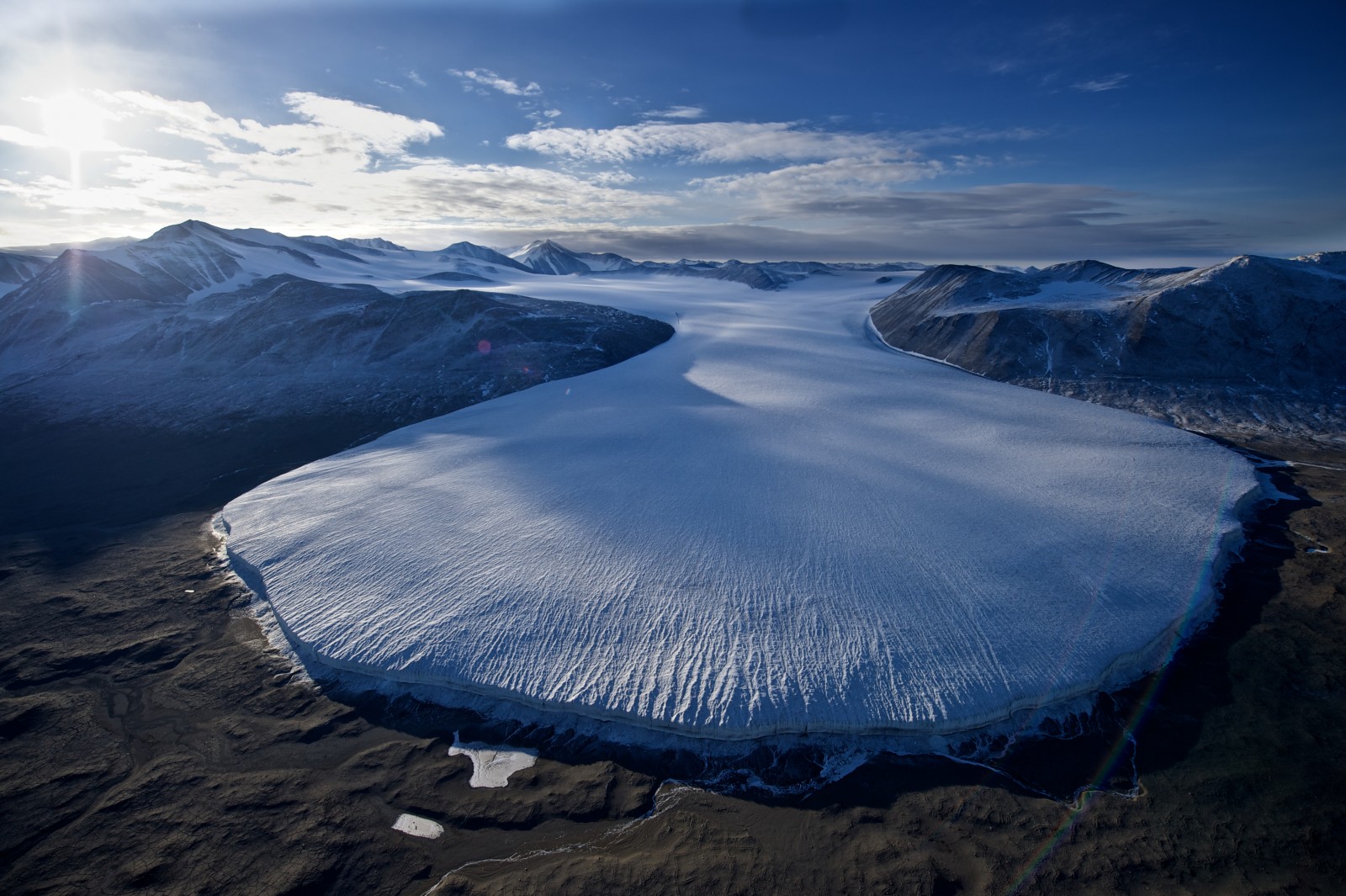
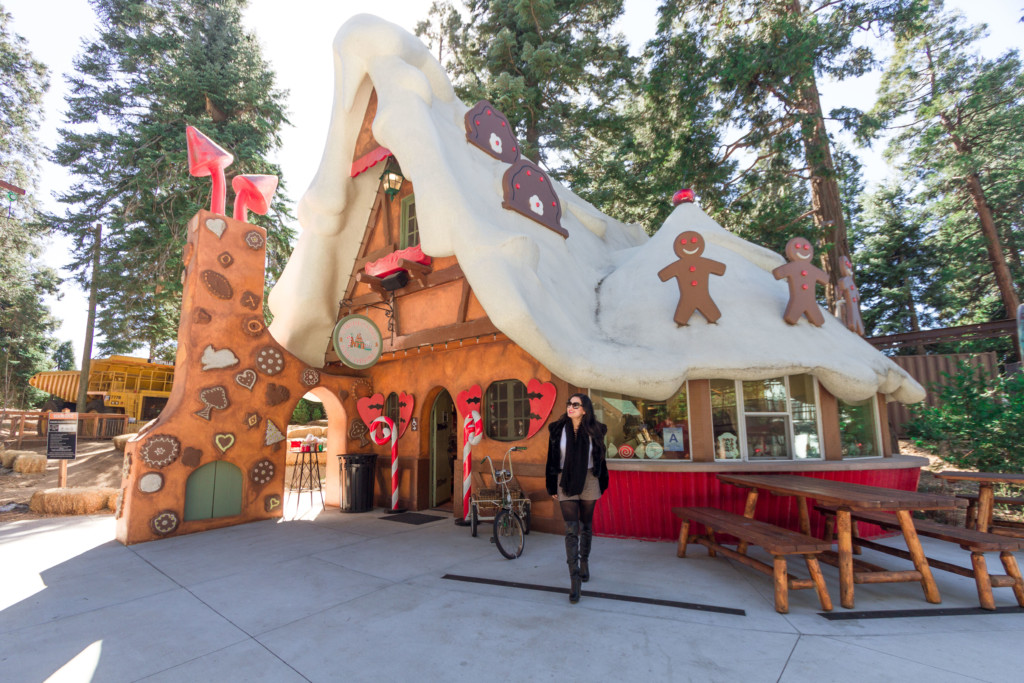
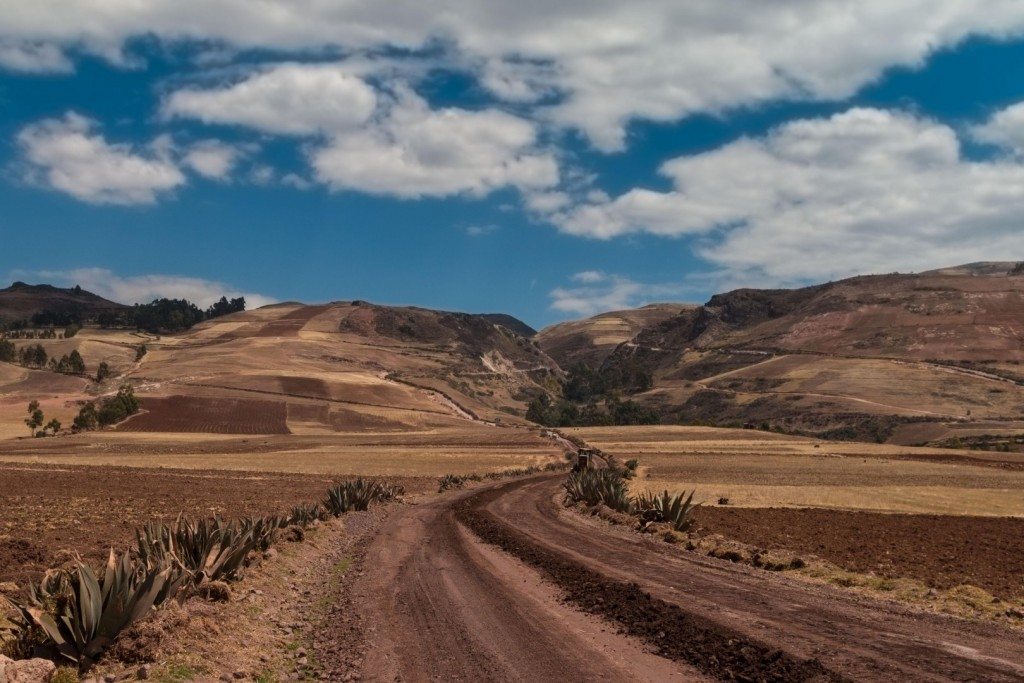





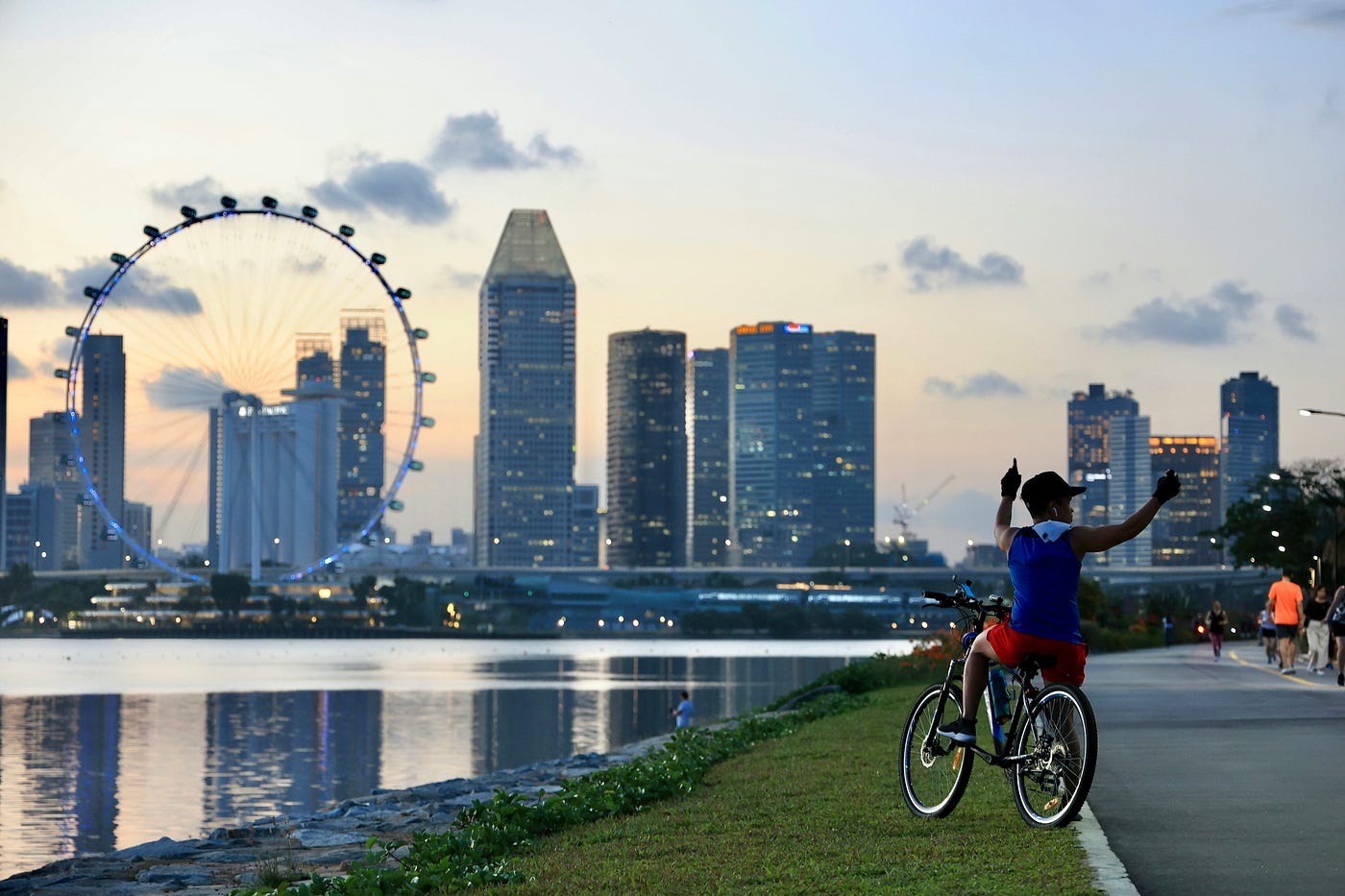
+ There are no comments
Add yours